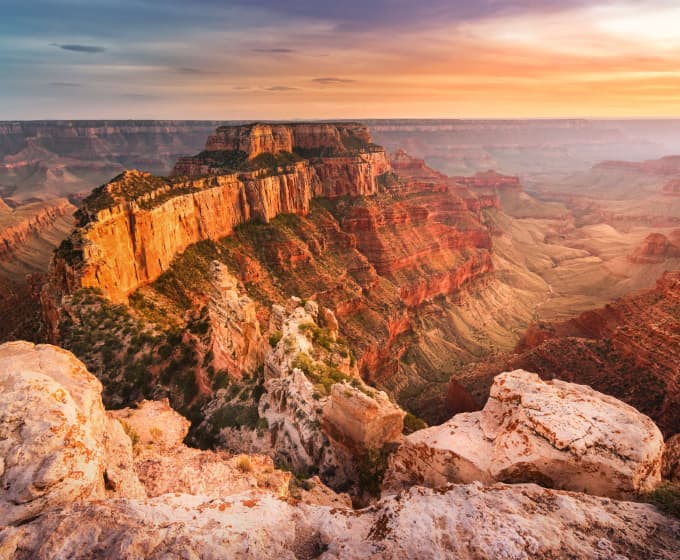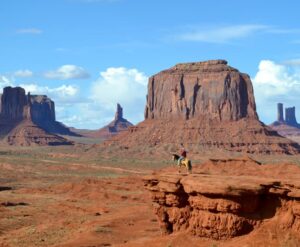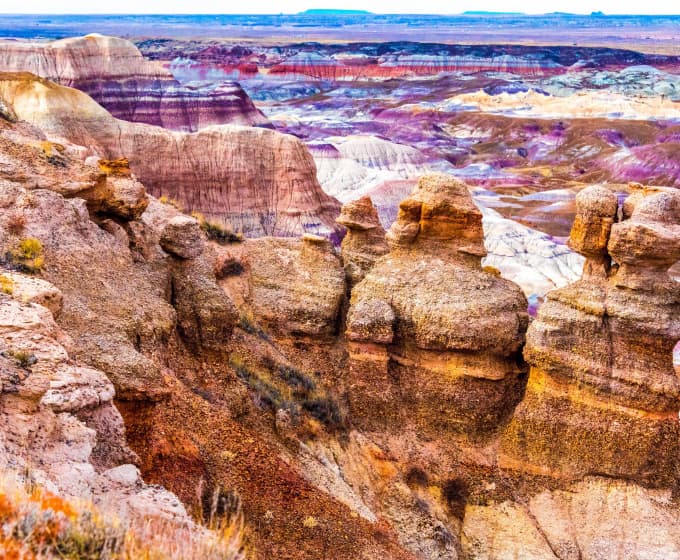Book Mobile Pet Grooming Arizona

Pawgo is more than just a grooming service. We are also passionate about pets and their owners. That's why we want to share with you some of the amazing things that Arizona has to offer for you and your pet. From landmarks to history to fun facts, here are some of the reasons why Arizona is a great place to live with your pet.
Praise from our satisfied customers:
Service areas in Arizona
Landmarks

Grand Canyon National Park

Monument Valley

Petrified Forest National Park
A Brief History of Arizona
Prehistoric Period: Indigenous hunter-gatherers arrived in what is now Arizona more than 12,000 years ago. About 10,000 to 12,000 years ago, Paleo-Indians settled in what is now Arizona. A few thousand years ago, several complex cultures emerged in the region, such as the Ancestral Puebloan (also known as Anasazi), Hohokam, Mogollon, and Sinagua. These cultures built elaborate structures, developed irrigation systems, traded with other groups, and created art and pottery. However, all of these civilizations mysteriously disappeared from the region in the 15th and 16th centuries.
Spanish Period: The first European explorers arrived in Arizona in 1539, when a Franciscan friar named Marcos de Niza claimed the land for Spain. In 1540, Francisco Vázquez de Coronado led an expedition in search of the mythical Seven Cities of Gold, but found only native villages. The Spanish established missions and presidios (forts) in the area, but faced resistance from the native peoples, especially the Apache and Navajo. The Spanish also introduced livestock, crops, and diseases that had a lasting impact on the environment and the native cultures.
Mexican Period: In 1821, Mexico gained its independence from Spain, and Arizona became part of the state of Sonora. The Mexican government encouraged settlement and trade in the region, but also faced conflicts with the native tribes and the United States. In 1846, the Mexican-American War broke out, and Arizona became a battleground. In 1848, under the terms of the Treaty of Guadalupe Hidalgo, Mexico ceded to the U.S. the northern part of Arizona above the Gila River. In 1854, by means of the Gadsden Purchase, the U.S. acquired the southern part of Arizona below the Gila River.
Territorial Period: In 1863, Arizona was split off from the Territory of New Mexico to form the Arizona Territory. The Civil War had divided the region, with some supporting the Confederacy and some supporting the Union. The U.S. Army established forts and fought against the Apache and Navajo, who resisted their encroachment. The discovery of gold, silver, and copper attracted miners and settlers to Arizona, as well as outlaws and lawmen. The railroad arrived in 1880, connecting Arizona to the rest of the country and bringing more people and commerce. Arizona also became a destination for health seekers, who came for its dry climate and mineral springs.
Statehood Period: Arizona became the 48th state in 1912, after a long struggle for statehood. The state adopted a progressive constitution that granted women's suffrage, recall of judges, and initiative and referendum rights. Arizona also faced challenges such as water scarcity, labor disputes, racial discrimination, and environmental issues. During World War II, Arizona hosted several military bases and camps for Japanese-American internees. After the war, Arizona experienced rapid population growth and urbanization, especially in Phoenix and Tucson. The state also became a center for tourism, agriculture, industry, and technology. Arizona also played a role in the civil rights movement, the Cold War, and the space program.
Location & Climate
Arizona has a diverse climate, ranging from arid desert to alpine tundra. The lower elevations, such as Phoenix and Tucson, have hot summers and mild winters, while the higher elevations, such as Flagstaff and Sedona, have cooler summers and snowy winters. The average annual temperature in Arizona is 60.3°F, with an average high of 86°F and an average low of 34°F.
Fun Facts of Arizona and Pets
Arizona is home to the world's largest rose tree, which covers an area of 9,000 square feet in Tombstone. The tree was planted in 1885 by a woman who received a rose cutting from her sister in Scotland. The tree is still alive and blooming today.
Arizona has more national monuments than any other state, with 18 of them. Some of these monuments are pet-friendly, such as Casa Grande Ruins National Monument, Montezuma Castle National Monument, and Tuzigoot National Monument.
Arizona has a state dog breed: the Catahoula Leopard Dog. This breed was developed by Native Americans in Louisiana and Texas, and was used for hunting wild boar and other game. The Catahoula Leopard Dog is known for its intelligence, loyalty, and distinctive coat patterns.